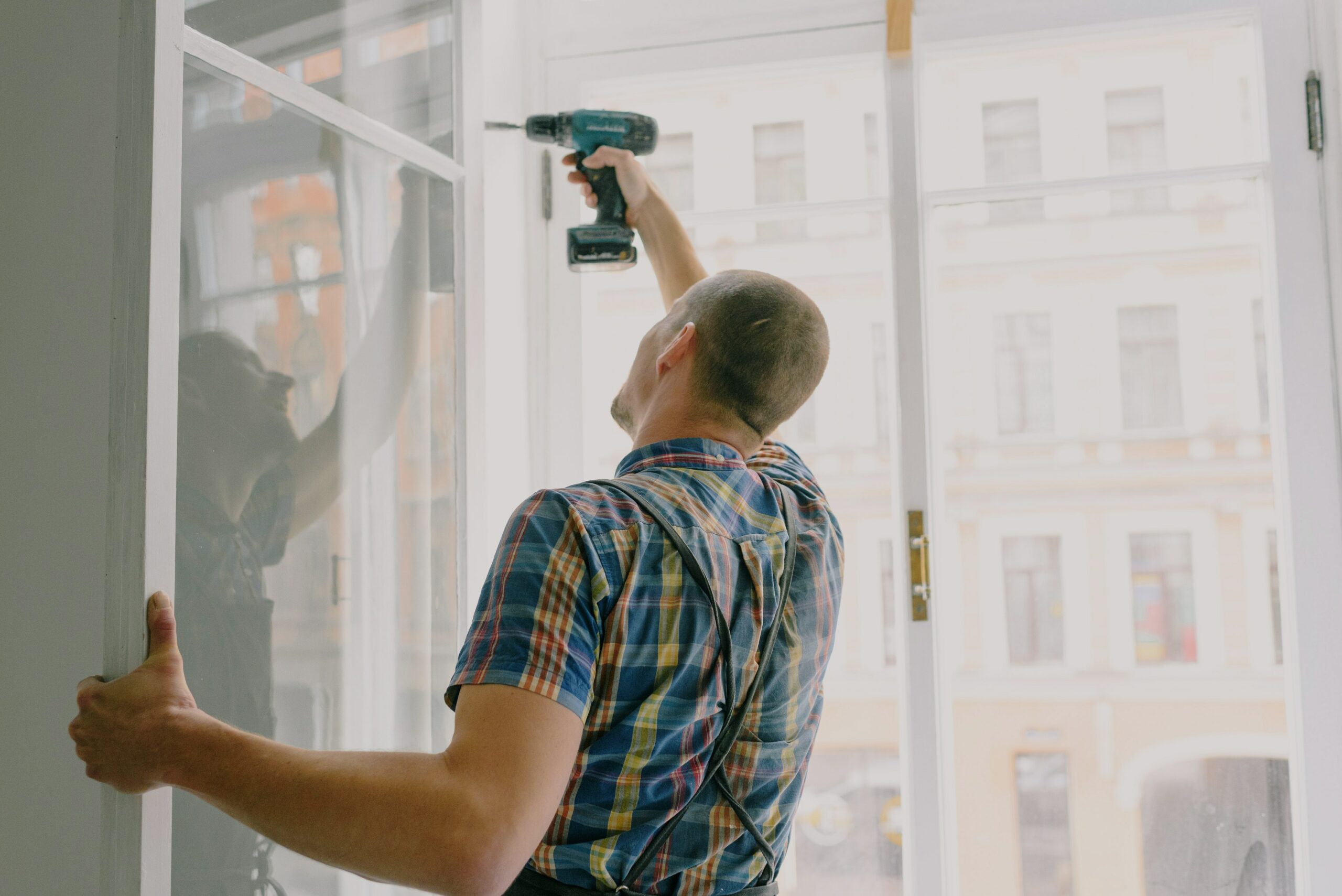Hey y’all, it’s Joe here. So I was doing some DIY work in my house and I needed to hang a picture on the wall.
I thought to myself, “Where’s the best spot for this bad boy?” So I grabbed my trusty drill, found the perfect spot, and went to town.
Next thing I know, I hear a loud hissing noise and water starts pouring out of the wall. It turns out, I had drilled right into a water pipe.
I was knee deep in water and had to call a plumber to fix it. Lesson learned: always know what’s behind the wall before drilling.
Knowing what’s behind the wall before drilling is crucial to avoid costly repairs and damage to your home.
But how do you know what’s behind the wall? Don’t worry, I got you covered.
In this article, I’m gonna break down all the ways you can figure out what’s behind that wall before you start drillin’ like a madman.
Table of Contents
Visual Inspection
The first thing you should do before drilling is to visually inspect the wall. See if there are any signs of pipes or wires that may be behind it.
Are there any electrical outlets or switch plates on the wall? Are there any water stains or discoloration? These can be signs of pipes or wires that may be behind the wall.
Stud Finder
Another tool you can use to figure out what’s behind the wall is a stud finder. These handy dandy little gadgets use magnetic or electronic fields to locate the framing studs in the wall.
Just run it along the wall and it’ll beep when it finds a stud. This is a great way to know where the framing is, but it won’t tell you if there are any pipes or wires behind the wall.
Outlet Tester
If you’re trying to figure out if there are any wires behind the wall, an outlet tester is your best bet. These little devices will tell you if there’s power running to an outlet and if the wiring is correct.
Just plug it into the outlet and it’ll light up to show you if there’s power running to it.
How do you know if a wire is behind a wall?
Circuit Tracer
A circuit tracer is a tool that sends a signal through the wires in the wall and allows you to trace the wires back to the source.
This can be a great way to find out if there are any wires behind the wall and where they lead.
Outlet Tester
As mentioned before, an outlet tester can tell you if there’s power running to an outlet, and if the wiring is correct.
This is a good way to know if there’s a wire behind the wall.
FAQ
Q: Can I use a metal detector to find pipes or wires behind the wall?
A: Unfortunately, metal detectors won’t be able to find pipes or wires behind the wall. They are designed to find larger metal objects like coins or jewelry.
Q: What should I do if I accidentally drill into a pipe or wire?
A: If you accidentally drill into a pipe or wire, it’s important to act quickly to minimize damage. If you drill into a water pipe, shut off the main water valve to your house immediately.
If you drill into an electrical wire, turn off the power to that room or circuit. Call a professional plumber or electrician to come and repair the damage as soon as possible.
Q: Can I drill into a wall if I don’t know what’s behind it?
A: It’s not recommended to drill into a wall if you don’t know what’s behind it. It’s better to be safe than sorry, and the risks of damage and costly repairs are not worth it.
Take the time to visually inspect the wall, use a stud finder or outlet tester, and if necessary, call in a professional to locate any pipes or wires before drilling.
My Conclusion
Drilling into a wall can be a daunting task, but knowing what’s behind it before starting can save you a lot of time, money and headaches.
Visual inspection, stud finders, outlet testers and circuit tracers are just a few tools that can help you determine what’s behind the wall.
If you’re still unsure, it’s best to call in a professional to locate any pipes or wires before drilling.
Remember, always be safe and take the necessary precautions to avoid any damage to your home. Happy drilling!
